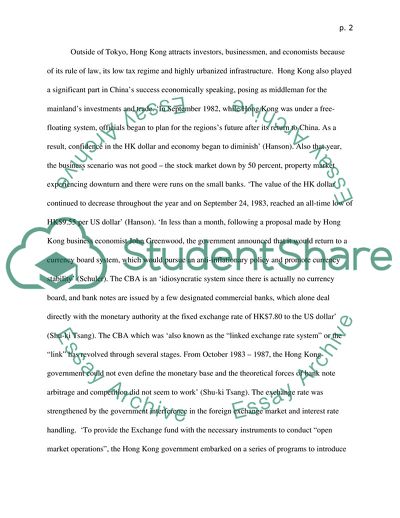Cite this document
(What Have Been the Costs and Benefits of Hong Kongs Currency Board Sy Case Study, n.d.)
What Have Been the Costs and Benefits of Hong Kongs Currency Board Sy Case Study. https://studentshare.org/finance-accounting/1750703-what-have-been-the-costs-and-benefits-of-hong-kongs-currency-board-system-since-1983
What Have Been the Costs and Benefits of Hong Kongs Currency Board Sy Case Study. https://studentshare.org/finance-accounting/1750703-what-have-been-the-costs-and-benefits-of-hong-kongs-currency-board-system-since-1983
(What Have Been the Costs and Benefits of Hong Kongs Currency Board Sy Case Study)
What Have Been the Costs and Benefits of Hong Kongs Currency Board Sy Case Study. https://studentshare.org/finance-accounting/1750703-what-have-been-the-costs-and-benefits-of-hong-kongs-currency-board-system-since-1983.
What Have Been the Costs and Benefits of Hong Kongs Currency Board Sy Case Study. https://studentshare.org/finance-accounting/1750703-what-have-been-the-costs-and-benefits-of-hong-kongs-currency-board-system-since-1983.
“What Have Been the Costs and Benefits of Hong Kongs Currency Board Sy Case Study”. https://studentshare.org/finance-accounting/1750703-what-have-been-the-costs-and-benefits-of-hong-kongs-currency-board-system-since-1983.


